In order to generate a more inclusive dataset of Pseudomonas genes mapped to putative in-paralogs and putative orthologs in other Pseudomonas species/strains, we developed a Pseudomonas Orthologous Groups classification system.
To generate ortholog groups, pair-wise DIAMOND searches were run on all genomes in the database to find reciprocal best hits (RBHs) for each gene. These analyses often resulted in multiple candidate genes for RBH status, which were narrowed down by examining the similarity between the query's flanking genes and the hit's flanking genes. If two candidate genes were directly adjacent, they where both accepted as RBHs that involve putative in-parology.
Pairwise intra-genome DIAMOND searches were also performed to acquire in-paralog information (i.e. gene duplications occurring after species divergence). If two genes in one genome were reciprocally more similar to each other than to any gene in the other genomes, the two genes were designated putative in-paralogs. Ortholog groups are built by starting with a seed gene and then adding all genes to which there is a RBH or in-paralog relationship.
Every new gene added to an ortholog group was then treated as a seed gene and the addition process was repeated until all qualifying genes had been added. The result was the development of orthologous groups, specifically generated for Pseudomonas species genomes, which can be used to sort search results.
Pseudomonas Ortholog Group POG000236
| Strain | Locus Tag | Description | Same-Strain Members | Fragment ? | |
|---|---|---|---|---|---|
| Pseudomonas sp. KG01 | ACR52_RS26625 |
oxidoreductase
|
2 same-strain members: ACR52_RS13880 ACR52_RS26625 |

|
|
| Pseudomonas sp. LAIL14HWK12:I12 | D902_RS0109900 |
oxidoreductase
|
1 member |
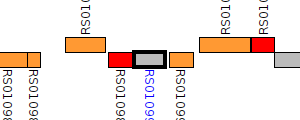
|
|
| Pseudomonas sp. LAIL14HWK12:I5 | F629_RS0102765 |
oxidoreductase
|
1 member |
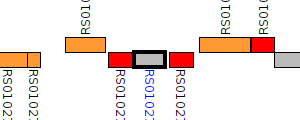
|
|
| Pseudomonas sp. LAIL14HWK12:I6 | D907_RS0107230 |
oxidoreductase
|
1 member |
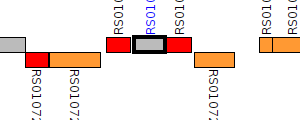
|
|
| Pseudomonas sp. LAIL14HWK12:I7 | D886_RS0121970 |
oxidoreductase
|
2 same-strain members: D886_RS0121970 D886_RS0123625 |
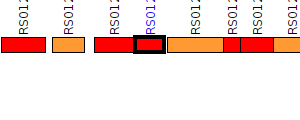
|
|
| Pseudomonas sp. LAIL14HWK12:I7 | D886_RS0123625 |
oxidoreductase
|
2 same-strain members: D886_RS0121970 D886_RS0123625 |

|
|
| Pseudomonas sp. LAIL14HWK12:I9 | D903_RS0105195 |
oxidoreductase
|
1 member |
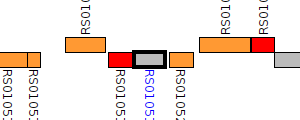
|
|
| Pseudomonas sp. LAMO17WK12:I2 | D883_RS0106085 |
oxidoreductase
|
3 same-strain members: D883_RS0106085 D883_RS0119765 D883_RS0125570 |
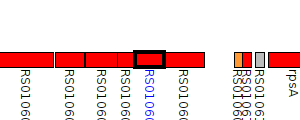
|
|
| Pseudomonas sp. LAMO17WK12:I2 | D883_RS0119765 |
oxidoreductase
|
3 same-strain members: D883_RS0106085 D883_RS0119765 D883_RS0125570 |
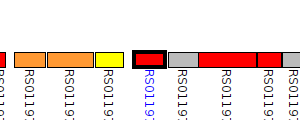
|
|
| Pseudomonas sp. LAMO17WK12:I2 | D883_RS0125570 |
dehydrogenase
|
3 same-strain members: D883_RS0106085 D883_RS0119765 D883_RS0125570 |
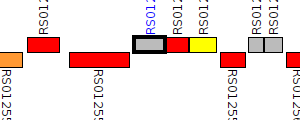
|
|
| Pseudomonas sp. LAMO17WK12:I4 | D885_RS0109750 |
oxidoreductase
|
1 member |
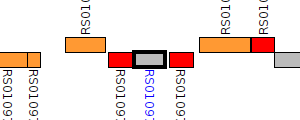
|
|
| Pseudomonas sp. M1 - Assembly GCF_000317185.3 | PM1_RS22405 |
oxidoreductase
|
1 member |

|
|
| Pseudomonas sp. M47T1 | PMM47T1_07666 |
D-galactose 1-dehydrogenase
|
2 same-strain members: PMM47T1_07666 PMM47T1_13440 |
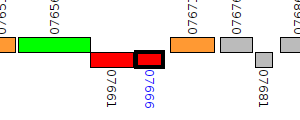
|
|
| Pseudomonas sp. M47T1 | PMM47T1_13440 |
oxidoreductase
|
2 same-strain members: PMM47T1_07666 PMM47T1_13440 |
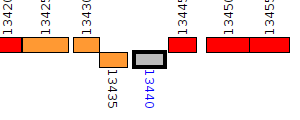
|
|
| Pseudomonas sp. MOIL14HWK12:I1 | PSEK12I1_RS0112920 |
dehydrogenase
|
2 same-strain members: PSEK12I1_RS0112920 PSEK12I1_RS0119615 |
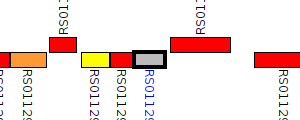
|
|
| Pseudomonas sp. MOIL14HWK12:I1 | PSEK12I1_RS0119615 |
dehydrogenase
|
2 same-strain members: PSEK12I1_RS0112920 PSEK12I1_RS0119615 |
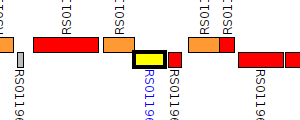
|
|
| Pseudomonas sp. MOIL14HWK12:I2 | PSK12I2_RS0101175 |
dehydrogenase
|
2 same-strain members: PSK12I2_RS0101175 PSK12I2_RS0117245 |
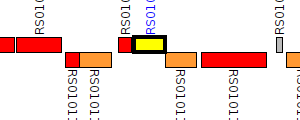
|
|
| Pseudomonas sp. MOIL14HWK12:I2 | PSK12I2_RS0117245 |
oxidoreductase
|
2 same-strain members: PSK12I2_RS0101175 PSK12I2_RS0117245 |
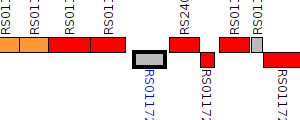
|
|
| Pseudomonas sp. MRSN12121 | TO66_RS27350 |
oxidoreductase
|
1 member |

|
|
| Pseudomonas sp. P179 | HMPREF1224_06502 |
oxidoreductase
|
3 same-strain members: HMPREF1224_06502 HMPREF1224_08166 HMPREF1224_08840 |
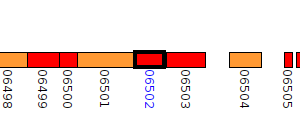
|